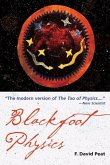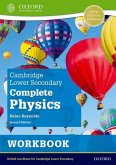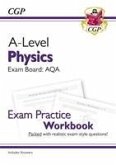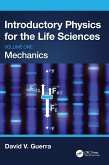For over two decades, physics education research has been transforming physics teaching and learning. Now in this new algebra-based introductory physics text, Jerry Touger taps this work to support new teaching methodologies in physics. Introductory Physics: Building Understanding recognizes that students learn better in guided active learning environments, engages students in a conceptual exploration of the physical phenomena before mathematical formalisms, and offers explicit guidance in using qualitative thinking to inform quantitative problem solving.








